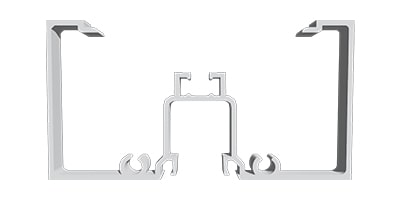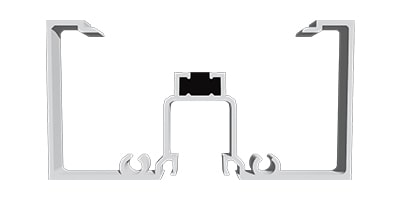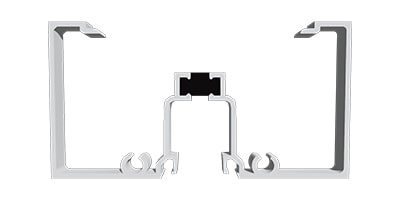The Pour and Debridge Method
Step 1 – Design and Surface Conditioning
An aluminum window profile is extruded with a channel designed to encapsulate the Azon insulating polymer. Surface conditioning, using the Azon Lancer™ or Azo-Brader™, creates a mechanical lock within the cavity to ensure strong adhesion of the polyurethane polymer—even on challenging finishes.

Step 2 – Pour
The Azon Fillameter™ precisely mixes and dispenses the two-component structural polymer into the thermal barrier channel. Within minutes, the liquid solidifies into a strong, structural core—forming an effective thermal barrier.

Step 3 – Debridge
Filled extrusions are transferred to the Azon Bridgemill™ for the final step: removing the metal bridge at the base of the channel to create a true, non-metal-to-metal structural thermal barrier. The result is a high-performance aluminum-polymer composite with superior impact resistance and shear strength—engineered to perform in the most demanding climates.


